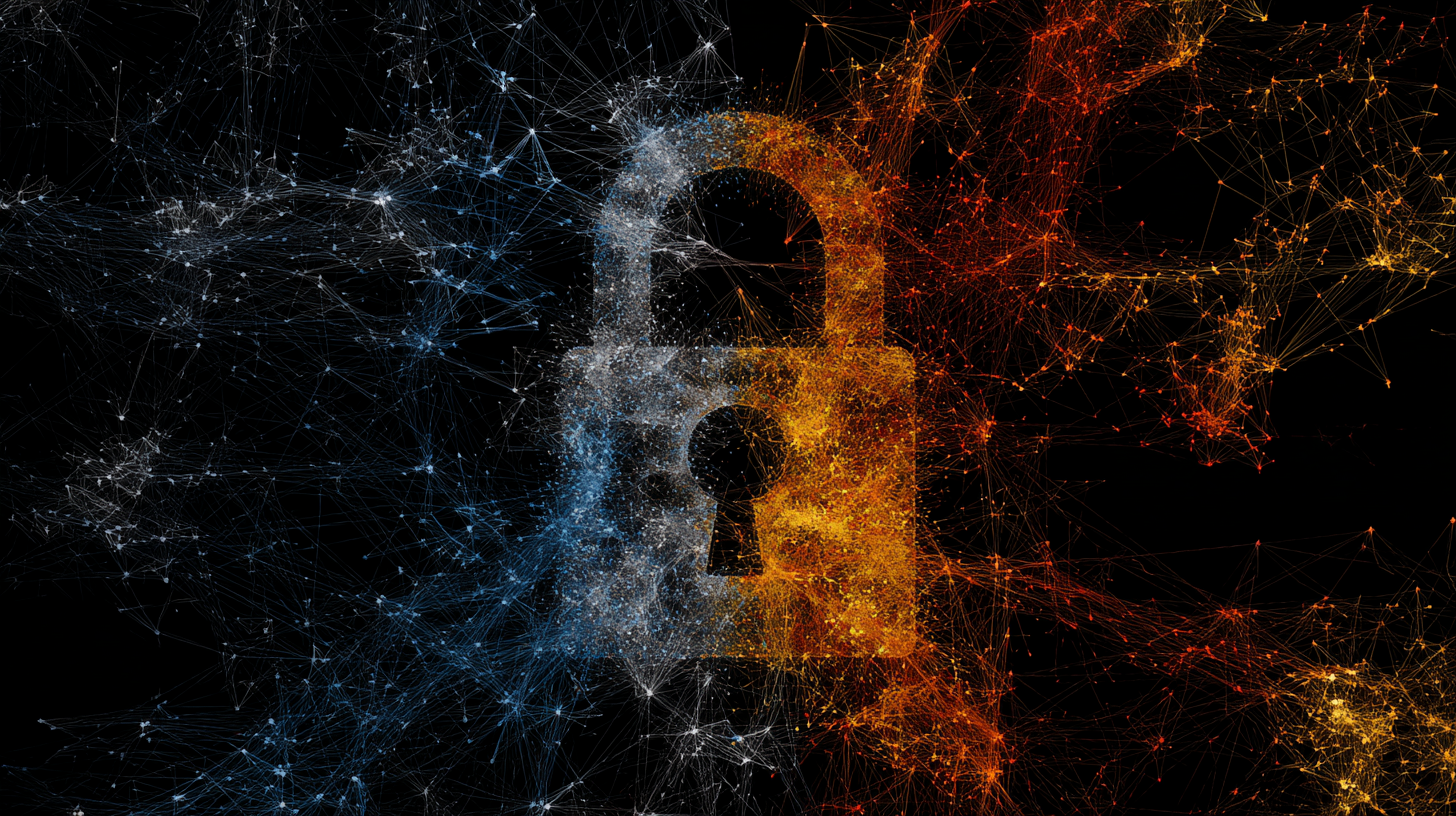

NIS2 is about to reshape cybersecurity buying in Germany. From 2026, an estimated 29,000 entities must prove cyber resilience, manage supplier risk, and report incidents fast. For international cybersecurity SaaS, this is a rare timing window: budgets are being unlocked, buyers are looking for proven controls, and partners are seeking ready-to-sell offerings. Success in DACH will hinge on pragmatic compliance mapping, local trust through language, evidence and SLAs, and partner-led routes to market. What follows is a concise brief to de-risk your entry, align product and proof to NIS2, and build a scalable GTM motion.
NIS2 expands its scope to cover 18 sectors and introduces a split between “essential” and “important” entities with risk-based supervision. Governance standards become stricter, with executives directly accountable for cybersecurity and management liability in cases of repeated non-compliance. Penalties are significantly heavier, reaching up to €10 million or 2% of global turnover, whichever is higher.
Member States must transpose NIS2 into national law, with Germany set to enforce it in 2025. Incident reporting will be tightly scheduled, requiring an early warning within 24 hours, a detailed notification within 72 hours, and a final report within one month. Buyers are therefore prioritizing vendors who can already demonstrate control coverage, incident readiness, and auditability. A concise NIS2 control map and incident-handling playbook can ease evaluations and shorten procurement cycles.
Around 29,000 German entities will fall under NIS2, mainly medium and large organizations with at least 50 employees and €10 million turnover, along with smaller high-risk operators. The scope extends beyond critical infrastructure into manufacturing, digital services, healthcare, and logistics.
The Federal Office for Information Security (BSI) will likely take the lead in oversight, supported by sectoral authorities. Registration and mandatory reporting will be required, and risk-based audits are expected. Transition windows will be short—measured in months rather than years. For suppliers into these companies, evidence of secure development, operations, and third-party risk management is essential. A focused market-entry audit can align documentation to BSI expectations and German buyer checklists.
German buyers will expect security by design as the norm: multi-factor authentication, least-privilege access, encryption in transit and at rest, hardened development practices, and regular penetration tests. They will also demand strong monitoring and evidence, such as immutable audit logs, SIEM or SOAR integrations, retention policies for logs, defined recovery objectives, and business continuity plans. Incident readiness must be proven with 24/7 escalation paths, breach notification clauses, and playbooks aligned to the 24-hour, 72-hour, and one-month timelines.
Customers will also look for supply chain transparency, including clear information on subprocessors, their locations, and their SLAs, alongside vulnerability disclosure programs, SBOMs, and patching cadences. Assurance artifacts like ISO 27001 certifications, SOC 2 reports, penetration test summaries, DPAs, data flow diagrams, and German-language documentation will be increasingly expected. Offering a compact “NIS2 evidence pack” with a control-mapping sheet can reduce audit friction and enable co-selling with MSSPs and local advisors.
The German Mittelstand, the backbone of the economy, is under intense pressure to meet NIS2 requirements but often lacks internal resources. They are actively looking for pragmatic, fast-to-deploy solutions in areas like logging, incident reporting, vulnerability management, and third-party risk oversight. Buyers will favor solutions that “speak compliance” by offering ready-made reports, control mappings, and integrations with their existing systems.
International providers can differentiate themselves by delivering prebuilt NIS2 reporting, BSI-aligned incident templates, and partner-ready product packaging with attractive MSP and MSSP SKUs, margins, and enablement material. Market entry is accelerated through regional MSSPs, audit firms, and industry advisors, all supported by a lightweight GTM playbook that defines ICP, messaging, proof points, and pricing guardrails. The strongest position is not as a tool but as a compliance accelerator. Vendors who provide benchmarks, concise newsletters, and educational content can both reassure buyers and equip partners with demand-generation assets.
NIS2 is a structural shift rather than a checkbox exercise. In Germany, it creates a time-bound demand spike and intensifies scrutiny on governance, supply chain, and incident response. International SaaS vendors that arrive with mapped controls, audit-ready evidence, German-language support, and a partner-first strategy can capture the Mittelstand quickly and expand across DACH. The key lies in starting with a product tightly aligned to compliance, building repeatable enablement with partners, and leveraging benchmark-driven content to generate and sustain demand.

We’d love to learn more about your business and share how Rockeed helps international SaaS companies succeed in Germany.
Together, we’ll explore growth opportunities and see if we’re a good fit. Please leave your details, and we’ll personally get back to you.
Yours, Holger!
CEO Rockeed